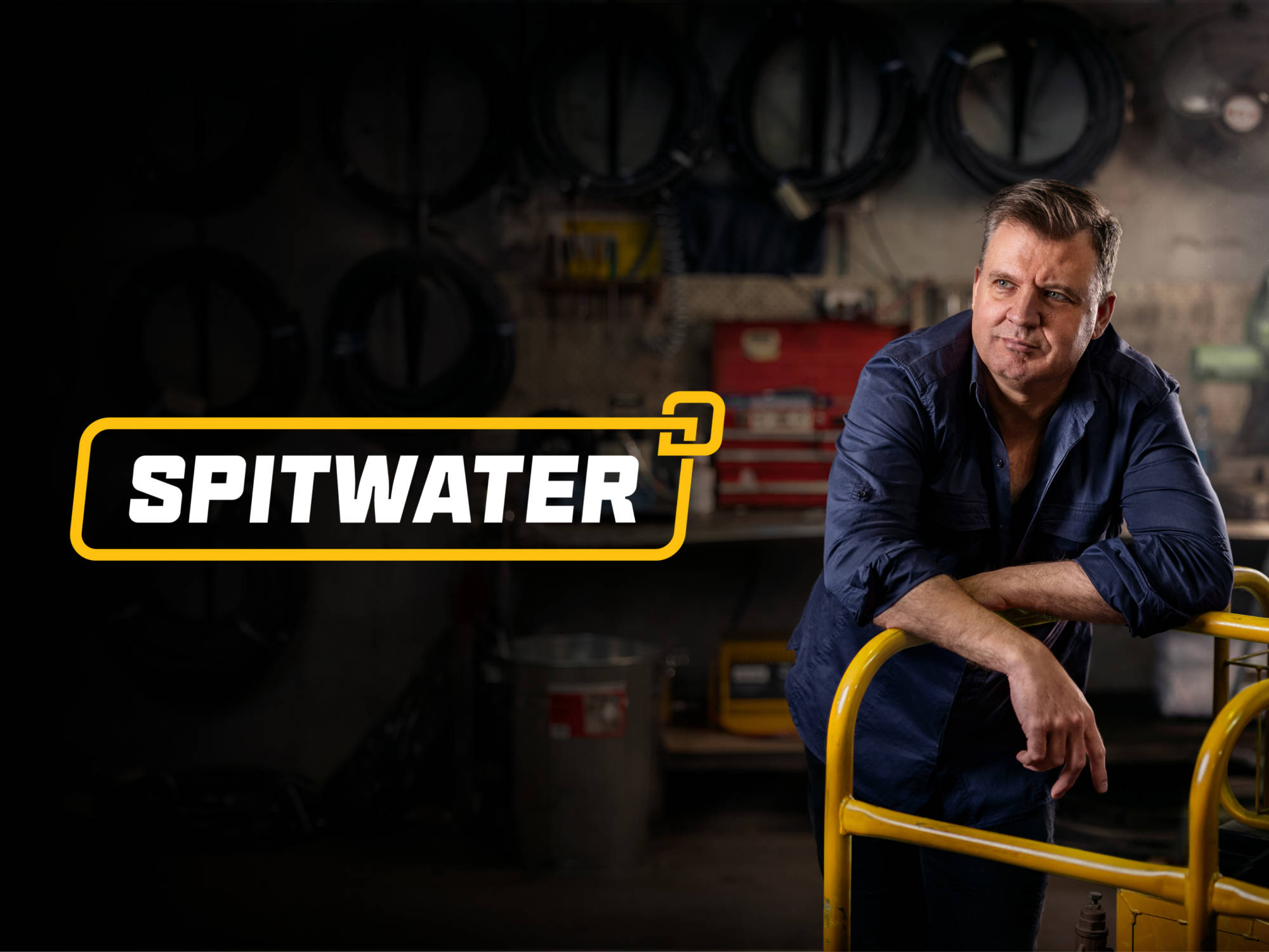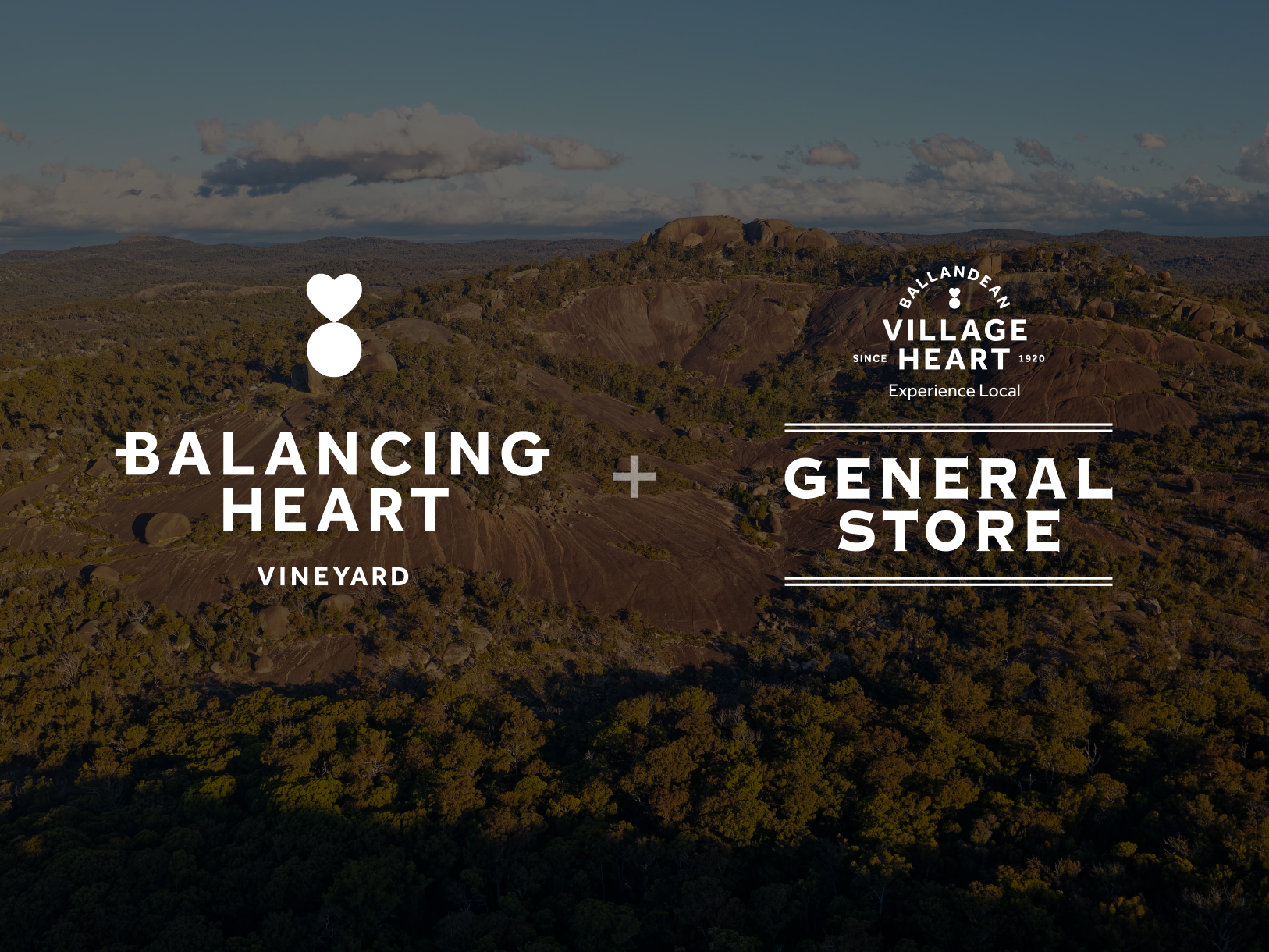Razor Burn
A brand is a living thing.
It’s not just a logo or a look, but a complex mix of everything a company does, how it talks, how it behaves, what it stands for, what it sells. All of these different elements need to provide a consistent image. Customers buy into that image, those values, what that brand stands for. And they don’t like it if you don’t give them what’s on the box.
For 30 years, ‘The best a man can get‘ has been the staunch cry of the Gillette brand, reflecting the high standards that men aim to achieve.
The furor over the new Gillette advertising campaign ‘Believe’ over the last week has dominated social media and worldwide news. If you’re not one of the 14 million people who have seen it, have a look here.
Despite 345,000 people liking the video, more than double that have given it the thumbs down. British talk show host Piers Morgan has been particularly vocal, rejecting the “supremely patronizing” ad as a “war on masculinity” and leading a charge to boycott the popular razors. His view is that Gillette has basically told its core buyer base that they’re “all a bunch of uneducated, vile, sexist, harassing predators” and it is positioning itself as “a company that primarily cares about women”.
Conservative commentator Paul Joseph Watson agreed, accusing Gillette of “insulting most of its customers by insinuating they’re all would-be sexual abusers (and) creeps”.
Ouch. Obviously not the desired response to the campaign.
Gillette, however, recognises that brands influence culture and believe that as a company “promoting men to be their best”, they have “a responsibility to make sure we are promoting positive, attainable, inclusive and healthy versions of what it means to be a man”. The new campaign is an aspirational statement for men, encouraging them to hold each other accountable and overcome ‘masculine’ stereotypical behaviours.
The ad has been widely supported by women, who praise Gillette for using their powerful global brand to drive positive change.
But brands don’t exist in a vacuum. In the context of today’s #MeToo and #TimesUp climate and the recent finding from the American Psychological Association that traditional masculinity is ‘harmful’, many men feel unfairly targeted as a gender by “man-trashing feminists”. Launching such a campaign in this environment no doubt impacts the reaction Gillette is experiencing.
But have they really changed their brand promise? With a subtle rearranging of words, “The best a man can get” becomes ‘The best men can be’, which reframes the brand slightly to one which defines a standard of behavior, rather than promoting an amorphous ‘best’ open to personal definition.
Regardless of your point of view, the ad has certainly generated conversation about an important social issue.
One thing that sadly isn’t getting talked about is the fact that as part of the campaign, Gillette has committed to donating $3 million over the next three years to US non-profit programs “to inspire, educate and help men of all ages achieve their personal best and become role models for the next generation”. I’d call that living their brand promise, wouldn’t you?
But the whole drama then raises the question of why there are steely razors for men and pink ones for women in the first place? If Gillette feels so strongly about influencing positive behavior, should it scrap all the gender stereotyping altogether and market “The best WE can be”?
Let us know your thoughts. info@dais.com.au


